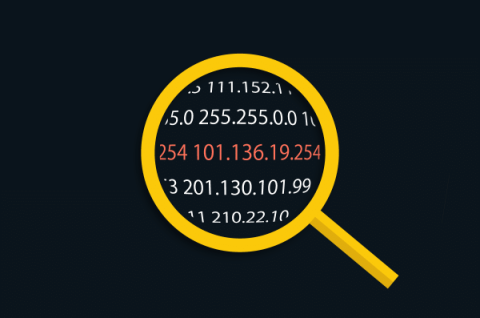Get ready for the New EU directive, NIS 2
The NIS 2 Directive aims to enhance cybersecurity across the EU by extending regulations to a broader range of critical infrastructure operators and digital service providers. With a compliance deadline of October 17, 2024, organizations must strengthen their security measures to avoid fines and liability. Even non-EU companies serving EU citizens are affected.






